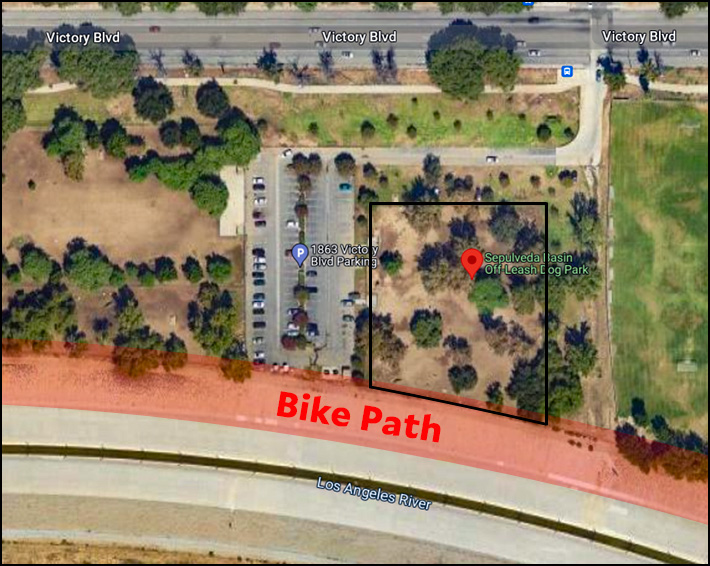A few days ago the Washington Post ran a story about some high school teachers in Washington state who wanted to stop teaching To Kill a Mockingbird. It all started when one of the teachers was listening to a podcast:
The Black hosts of the show joked that “Mockingbird” ranked with Confederate monuments as something painful to Black people, but which White people adored. Johnson, who grew up loving “Mockingbird,” identifying with White protagonist Scout, felt shaken — and guilty.
Another one of the teachers heard complaints from her Black students:
Students shared their discomfort with the way the 1960 novel about racial injustice portrays Black people: One Black teen said the book misrepresented him and other African Americans, according to meeting records reviewed by The Washington Post. Another complained the novel did not move her, because it wasn’t written about her — or for her.
My immediate reaction to this was probably pretty common: Give me a break. It's a book about the ugliness of racism! But unlike a lot of stories like this, this one kept gnawing at me. I'd never argue that TKM is a bad book, or even an insensitive book. But it is a book that's 60 years old set in a small Alabama town nearly 100 years ago. And it got me wondering: Why do we all stay so doggedly attached to books from our own childhoods? Why do we resist so strongly the idea that while there's nothing terribly wrong with them, they may no longer be right for the present day?
It's probably been a while since you read TKM. Or maybe you've only seen the movie. What you remember is Atticus Finch, the white lawyer who defies the scorn of his neighbors to defend an innocent Black man charged with raping a white girl. A Black man named.......um, let's see. What was his name again?
Tom Robinson. But I'll be honest: I had to look that up. Tom Robinson may have been treated sympathetically by Harper Lee, but he doesn't have a whole lot of agency in the book. Hell, it's nearly 200 pages before we meet him even briefly.
Elsewhere, the n-word is used casually dozens of times. Black people are treated as superstitious, illiterate, and submissive. Calpurnia is an exception, but for all that she's still just Atticus's cook and maid. All of this might very well be historically accurate for the book's time and place, but does that mean Black kids of the present day feel like having their faces rubbed in it?
In any case, the more I thought about it the more I found myself on the side of the teachers who no longer wanted to use TKM in their classrooms. Partly this is because of how Black characters are portrayed, but it's more because we oldsters stay attached to things for way too long. This is not Shakespeare. It's just a mostly good book that has had its day and won't be missed if high school kids read something else instead. That's not so hard, is it?






